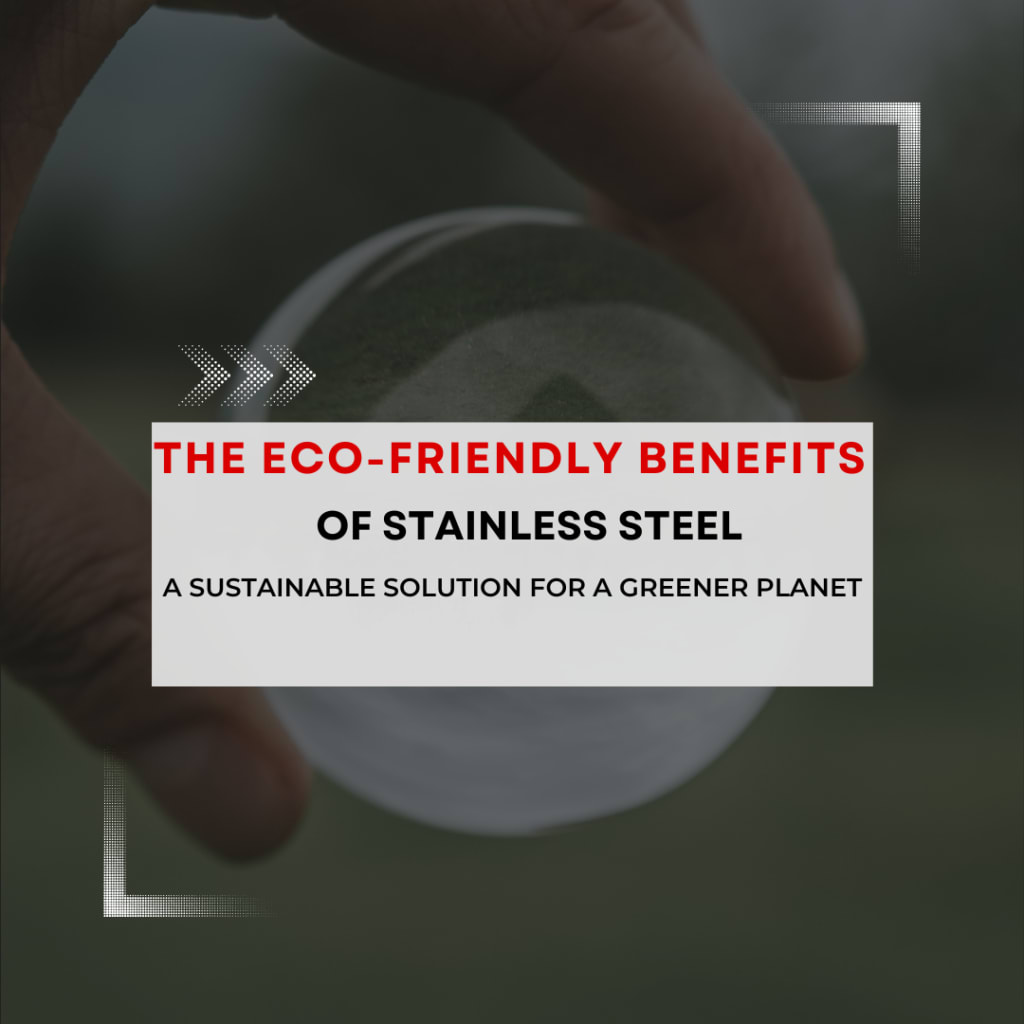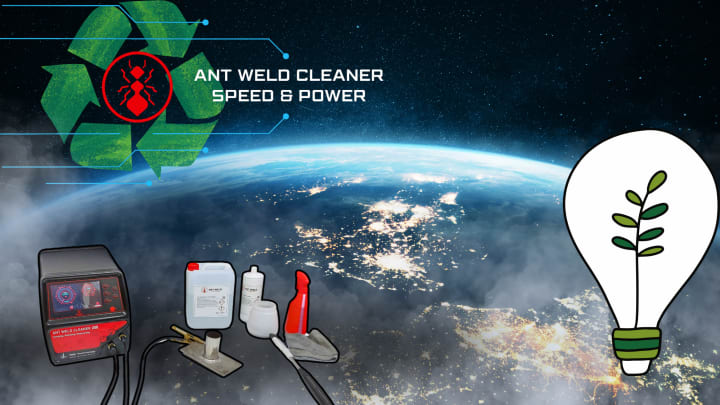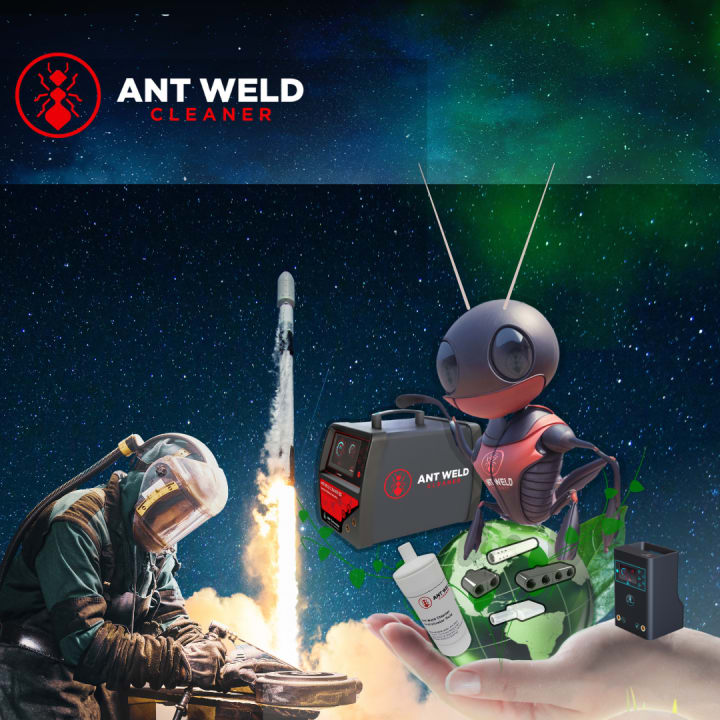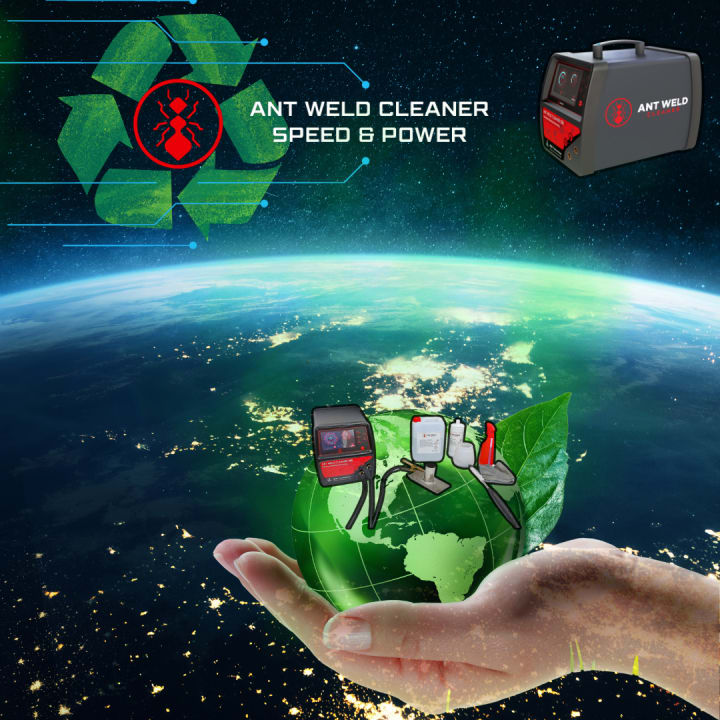The Eco-Friendly Benefits of Stainless Steel: A Sustainable Solution for a Greener Planet
Taking care of the environment has become increasingly important in today’s world. Finding ways to use eco-friendly materials is essential, and stainless steel is one such material that offers numerous benefits for both the environment and us. It is a durable metal that can be utilized for various purposes.

One of stainless steel’s greatest advantages is its recyclability. It can be recycled multiple times without losing strength or quality, making it an ideal choice for kitchen appliances and building materials. Furthermore, when it is recycled, it generates less pollution than other materials such as plastic or aluminium.
Another significant benefit of stainless steel is its durability. It does not rust or deteriorate easily, so it must be replaced less frequently. This is excellent news for the environment because it implies that we don’t have to dispose of as much material as we would with other materials.
Therefore, selecting stainless steel is an excellent way to contribute to the environment while taking advantage of a robust and dependable material. With stainless steel, we can help create a cleaner and greener world for us to live in!
Environmental Impact of Other Materials vs. Stainless Steel
Plastic and aluminium are commonly used materials that significantly negatively impact the environment. Plastic derived from fossil fuels is difficult to recycle and often ends up in landfills or pollutes our oceans. Its production also contributes to greenhouse gas emissions. On the other hand, aluminium requires large amounts of energy to produce and releases high levels of greenhouse gases during the extraction and refining process.
However, stainless steel is a more sustainable alternative. Its production requires less energy than aluminium’s, resulting in lower carbon emissions. Furthermore, stainless steel is 100% recyclable, meaning it can be melted down and reused indefinitely without losing quality. This recyclability significantly reduces the waste of stainless steel products and helps conserve natural resources.
Is stainless steel environmentally friendly? Yes, and here is why.
♻️ Energy efficiency
Stainless steel has numerous eco-friendly benefits, one of which is its energy efficiency. This is because producing stainless steel requires less energy than many other materials. Unlike aluminium or plastic, which require the extraction and refining of raw materials, stainless steel is made from iron ore, which is abundant and easily accessible.
Additionally, stainless steel has excellent thermal conductivity, enabling it to transfer heat quickly and efficiently. This makes it ideal for applications where energy efficiency is critical, such as in kitchen appliances. Using stainless steel in our homes and businesses can reduce energy consumption and lower our carbon footprint.
♻️ Durability and longevity
Another eco-friendly benefit is durability and longevity. Due to its resistance to rust, corrosion, and staining, stainless steel is ideal for products that need to withstand harsh environments. This durability makes stainless steel products last longer compared to those made from other materials.
For instance, kitchen appliances made from stainless steel can last for decades, reducing the need for frequent replacements. This not only saves money but also reduces waste.
Similarly, stainless steel construction materials, such as roofing or cladding, can withstand the elements and require less maintenance over time. Thus, by selecting stainless steel, we can minimize the environmental impact associated with producing and disposing short-lived products.
♻️ Recyclability
Recyclability is one of stainless steel’s most significant eco-friendly benefits. Unlike many other materials, stainless steel can be recycled without losing quality or properties. This means that stainless steel products can be melted down and used to create new products repeatedly.
The recycling process for stainless steel is straightforward and energy-efficient. First, the stainless steel is sorted and separated from other materials. It is then melted down and formed into new stainless steel products.
This cycle can be repeated indefinitely, making stainless steel a truly sustainable material.
By choosing products made from recycled stainless steel, we can further reduce the environmental impact associated with its production. Additionally, recycling stainless steel helps to conserve natural resources and reduce waste.

Stainless Steel and Reducing Waste
Waste reduction is a crucial aspect of environmental sustainability, and stainless steel plays a significant role in achieving this goal. Unlike products made from other materials, stainless steel products are durable and long-lasting, so they don’t require frequent replacement. This not only reduces the amount of waste generated but also helps to conserve resources.
Moreover, stainless steel has the potential to be repurposed and reused in various ways. For instance, old stainless steel appliances can be restored and sold as second-hand items, prolonging their lifespan and keeping them out of the waste stream. Similarly, stainless steel construction materials can be recycled and used in new projects, reducing the need for new resources.
By embracing stainless steel and its ability to reduce waste, we can positively impact the environment and move towards a more sustainable future.
Stainless Steel in Sustainable Construction and Architecture
Stainless steel is a highly durable and long-lasting material that is becoming increasingly popular in sustainable construction. Its resistance to rust and corrosion makes it an ideal choice for structures that are exposed to harsh weather conditions, as it can withstand extreme temperatures, moisture, and chemical exposure. Additionally, its attractive appearance makes it an excellent choice for enhancing a structure’s visual appeal.
Stainless steel is also an environmentally friendly option because it can be easily recycled, reducing waste and minimizing its environmental impact. This makes it a highly sustainable choice for construction projects prioritising eco-friendliness and long-term sustainability.
Overall, stainless steel is a versatile and practical material that offers a wide range of benefits for sustainable construction, including durability, visual appeal, and environmental sustainability.
Sustainable Manufacturing Processes for Stainless Steel
The production of stainless steel is becoming increasingly sustainable due to advancements in manufacturing processes. These processes aim to reduce energy consumption, minimize waste, and lower carbon emissions.
One sustainable manufacturing process gaining popularity is using electric arc furnaces (EAFs) to produce stainless steel. EAFs use electricity to melt scrap metal, such as recycled stainless steel, instead of traditional blast furnaces. This process requires less energy and emits fewer greenhouse gases, making it a more sustainable option.
Moreover, manufacturers are implementing more efficient recycling programs to minimize waste during production. By collecting and reusing scrap stainless steel, manufacturers can reduce the amount of raw materials needed, conserve resources, and decrease the environmental impact of stainless steel production.

Eco-Friendly Certifications and Standards for Stainless Steel
Various certifications and standards have been established to ensure the eco-friendliness of stainless steel products. These certifications assure consumers that their stainless steel meets specific environmental criteria.
One such certification is the Leadership in Energy and Environmental Design (LEED) certification, which is widely recognized in the construction industry. To achieve LEED certification, buildings must meet specific sustainability requirements, including the use of environmentally friendly materials such as stainless steel.
Other certifications, such as Green Seal or EcoLogo, focus on the overall environmental impact of products, including their manufacturing processes and end-of-life management. Choosing stainless steel products with such certifications can help consumers make informed decisions that align with their sustainability goals.
Eco-Friendly Ant Weld Cleaner Products
Ant Weld Cleaner’s products offer several environmental benefits. They reduce chemical usage, decrease hazardous waste, lower VOC emissions, conserve water, promote biodegradability, increase energy efficiency, ensure regulatory compliance, and improve worker safety. By adopting environmentally friendly Ant Weld Cleaners, industries can promote sustainability without compromising cleaning performance.
We made our accessories unique, and the fluids used in the electrochemical process are non-toxic.
Traditional cleaning methods, passivating and polishing welds often involve harsh chemicals, scrubbing, or grinding. However, these methods may only sometimes provide the desired results.
Mild acids are an excellent choice for electrochemical cleaning, passivation, and polishing of welds. They are highly effective in removing stubborn rust, oxidation, and tough stains that can mar the appearance of your welds.
By using electrolyte additives, you can achieve a flawless finish, restoring the aesthetics of your welds to their original glory. Passivation with ISS Tech and non-toxic fluids can help re-establish the composition of the stainless steel surface.

Conclusion: Embracing Stainless Steel for a Greener Future
Stainless steel is an eco-friendly material that offers several benefits for a sustainable planet. Its recyclability, energy efficiency, durability, and longevity contribute to waste reduction, resource conservation, and decreased carbon emissions.
Choosing stainless steel for various applications, such as kitchen appliances and construction materials, can positively impact the environment. We can take a step towards a more sustainable future by embracing this versatile and eco-friendly material. It will allow us to enjoy the benefits of long-lasting and reliable products while contributing to the preservation of our planet.
About the Creator
Ant Weld Cleaner
Explore the world of welding with our informative and innovative blogs! Stay up to date with the latest developments.
Say yes to NON-TOXIC technology!
Enjoyed the story? Support the Creator.
Subscribe for free to receive all their stories in your feed. You could also pledge your support or give them a one-off tip, letting them know you appreciate their work.






Comments
There are no comments for this story
Be the first to respond and start the conversation.